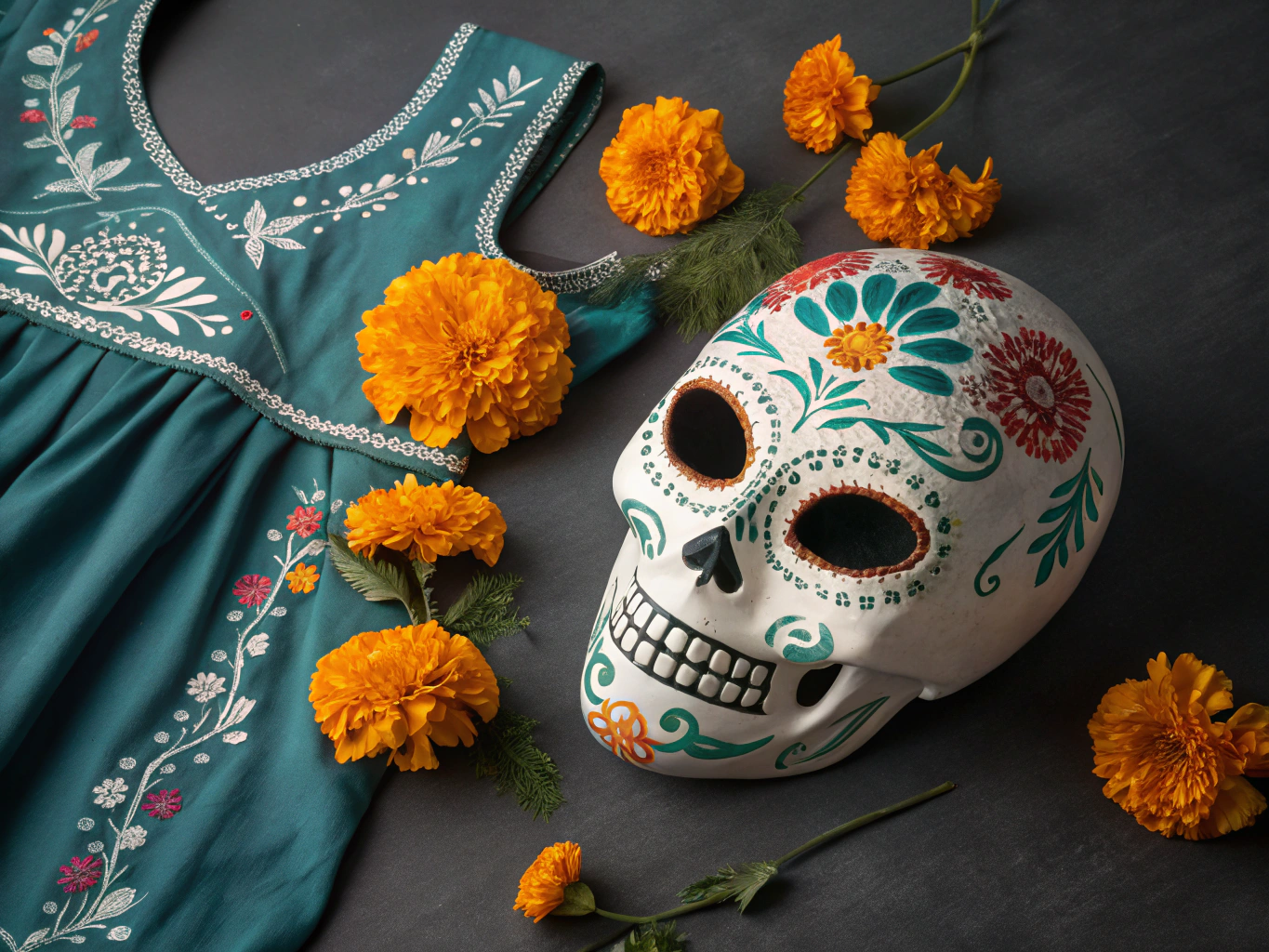The Art and Spirit of the Day of the Dead Costume
Every year, as the calendar shifts into late October and early November, a vibrant tradition unfolds—one that isn’t just about spooky ghosts or pumpkin patches, but about celebrating life, memory, and cultural storytelling. The day of the dead costume is a perfect example of this: a colorful, meaningful expression that merges artistry with ancestral reverence. For entrepreneurs and marketers alike, understanding how these costumes transform cultural narratives can unlock insights into authentic storytelling and emotional connection—tools essential for building brands that resonate beyond the transactional.
More Than Just a Costume: A Cultural Canvas
Symbolism Woven Into Fabric
Unlike the typical Halloween get-up, these costumes are less about fright and more about homage. They are a tapestry of symbolism—marigolds, skulls, intricate face paint—that serve as visual storytelling devices. Each element isn’t random; it’s rooted in centuries of Mexican tradition, honoring loved ones who have passed on. This layered depth turns a simple costume into a wearable narrative, a conversation starter that bridges generations and cultures. For a brand or creator, this highlights an important lesson: authenticity and storytelling are not just buzzwords. They are the currency that builds trust. When you present a product or message that genuinely connects to deeper values or identities, you’re not just selling a thing—you’re inviting someone into a shared story.The Transformative Power of Cultural Expression
From Costumes to Cultural Movement
The Day of the Dead isn’t just about dressing up. It’s about transformation—honoring ancestors, celebrating life’s fleeting beauty, and reinforcing community bonds. The costumes act as portals, allowing wearers to embody a narrative that’s larger than themselves. They become part of a collective memory, an act of cultural remembrance that transforms individual identity into a shared experience. This transformation is a lesson for anyone trying to build a brand or community. The most memorable brands don’t just promote products; they foster a sense of belonging. They tap into stories that matter—stories that inspire, comfort, and even challenge. When your message aligns with a deeper cultural or emotional truth, it moves from mere marketing to a form of shared ritual.Design as a Narrative Tool
Artistry Meets Intent
Creating a Day of the Dead costume involves more than picking pretty colors or trendy patterns. It’s about deliberate design choices—each skull, each flower, each stroke of face paint carries meaning. The artistry is intentional, turning visual elements into symbols that speak across time and space. For entrepreneurs, this underscores the importance of intentionality in design and messaging. Every element you choose—your logo, your voice, your visuals—should serve a purpose and tell part of your story. When these elements align with your core values and the stories you wish to tell, your brand becomes more than just a product—it’s a symbol of shared meaning.Actionable Takeaways for Marketers and Creators
- Prioritize authenticity: Dive into the cultural roots of your message or product. People can sense when something is genuine versus performative.
- Leverage storytelling: Use visual and narrative elements to craft a story that resonates deeply. Think of your brand as a cultural ritual, not just a transaction.
- Design with purpose: Every design choice should serve to reinforce your story or values. Don’t settle for superficial aesthetics—make them meaningful.
- Connect emotionally: Tap into universal themes—life, remembrance, community—that transcend markets and appeal to shared human experiences.
- Celebrate cultural diversity: Embrace traditions like the Day of the Dead as sources of inspiration, but always approach with respect and genuine appreciation.
In a world awash with noise, remember that stories rooted in authenticity and cultural significance cut through the clutter. Whether you’re designing a product, crafting a campaign, or just trying to connect authentically—think of your work as a costume: it should tell a story worth sharing, a story that invites others to join in the celebration of what makes us human.
Checkout ProductScope AI’s Studio (and get 200 free studio credits)

